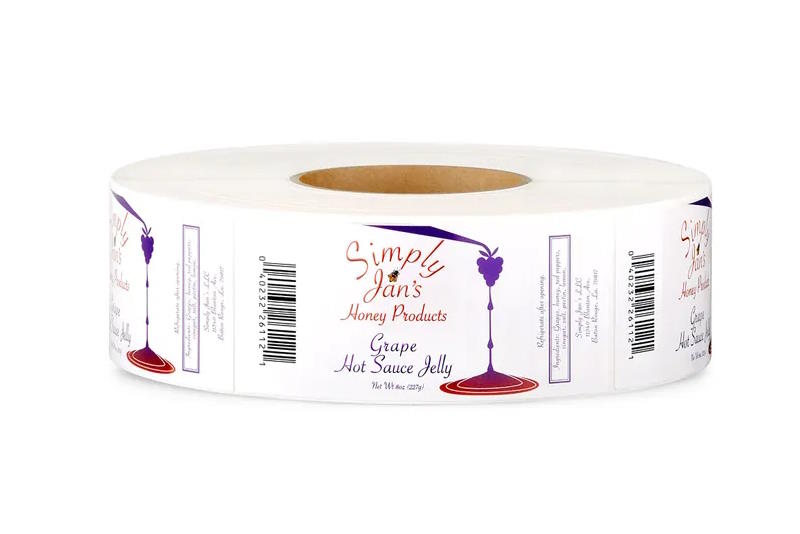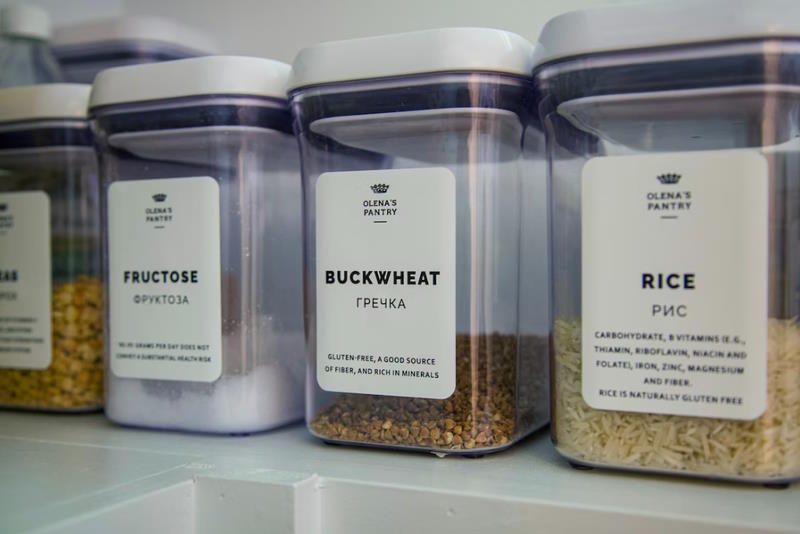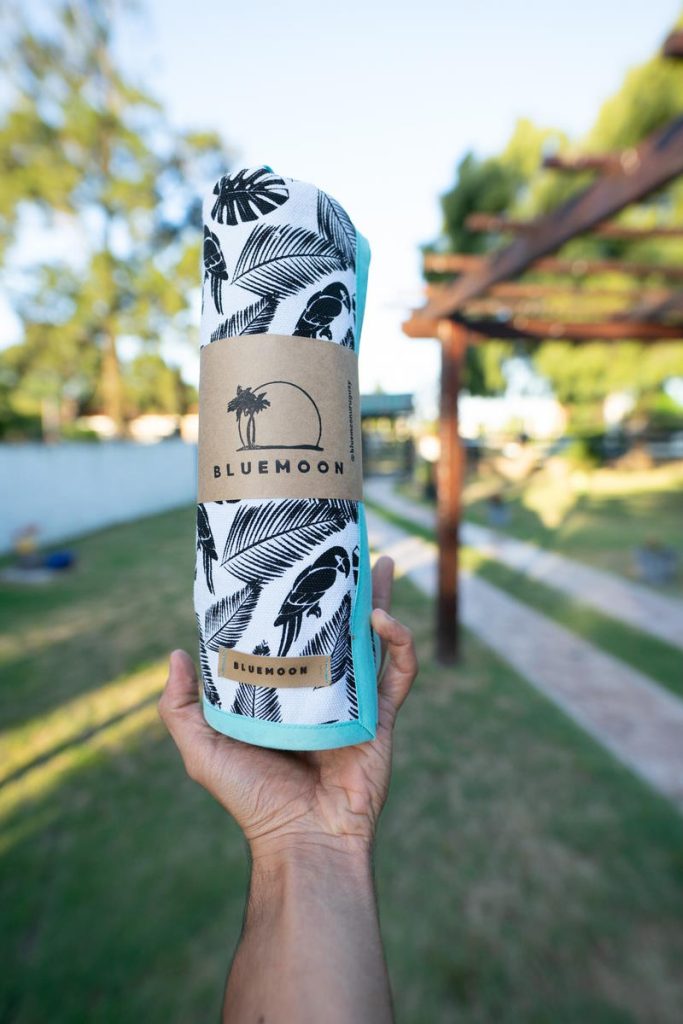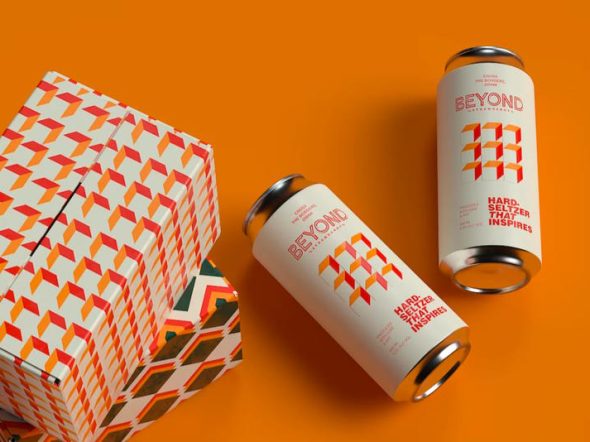Let’s explore the key aspects that product marketers should be aware of when it comes to custom printed labels. From understanding their importance in branding to designing eye-catching labels that resonate with consumers, we'll cover everything you need to know to make informed decisions and create impactful packaging solutions.
The Role of Custom Printed Labels in Product Marketing
Custom printed labels hold immense significance in the world of product marketing, acting as ambassadors for your brand and products. Here's why they matter:
Brand Identity and Product Differentiation:
Custom labels provide a platform to showcase your brand identity, allowing you to communicate your brand's personality, values, and positioning. They serve as a visual representation of your products, helping consumers differentiate them from competitors.

Capturing Consumer Attention:
Labels are often the first point of contact consumers have with your products. With eye-catching design and strategic placement, custom printed labels can effectively grab attention, compelling consumers to explore further.
Conveying Essential Product Information:
Beyond aesthetics, labels play a vital role in conveying important product information such as ingredients, usage instructions, and safety precautions. Clear and concise labeling ensures that consumers have the necessary details to make informed purchasing decisions.
In the next section, we will explore how understanding your target audience and brand identity can inform your label design choices, enabling you to create impactful packaging solutions.

Understanding Your Target Audience and Brand Identity
To design custom printed labels that resonate with your target audience and accurately represent your brand, follow these key steps:
1. Conduct thorough market research to understand your target audience's preferences and behaviors.
2. Clearly define your brand identity, including core values and desired emotions.
3. Create detailed buyer personas representing different audience segments.
4. Identify design elements that align with your brand values and use them in label designs.
5. Strive for a balance that appeals to your target audience while staying true to your brand.
By understanding your audience and brand, you can create custom labels that effectively communicate your brand's values and resonate with consumers.

Choosing the Right Label Materials and Finishes
When selecting label materials and finishes for your custom printed labels, consider these factors:
1. Material Options: Explore materials like paper, vinyl, or eco-friendly alternatives based on durability and flexibility needs.
2. Finishes and Coatings: Decide on finishes such as gloss or matte that impact visual appeal and texture.
3. Brand Consistency: Ensure label materials and finishes align with your brand's visual identity for a consistent look.
4. Application Considerations: Evaluate adhesive properties and label resistance to factors like moisture or UV exposure.
5. Sustainability: Opt for eco-friendly materials to align with environmental concerns.
By choosing the right label materials and finishes, you can enhance visual appeal, durability, and brand consistency for your custom printed labels.

Designing Effective Custom Labels
Designing impactful custom labels requires careful attention to key design elements:
1. Typography: Choose legible fonts that reflect your brand's personality and create hierarchy.
2. Colors and Visual Elements: Select a color palette that aligns with your brand and incorporate visuals to enhance aesthetics.
3. Brand Integration: Seamlessly integrate your logo and other brand elements for recognition and consistency.
4. Clear Product Information: Communicate essential details logically, including name, variant, ingredients, and usage instructions.
5. Legibility: Ensure legibility in various label sizes and test readability at different scales.
6. Label Shape and Layout: Design labels that harmonize with packaging shape and experiment with layouts for visual impact.
By prioritizing visual appeal, effective information conveyance, and brand identity, you can create custom labels that make a lasting impression.

Maximizing Shelf Impact with Label Placement and Size
Strategic placement and sizing of custom printed labels are essential for maximizing shelf impact. Consider these factors:
1. Consumer Perspective: Visualize how consumers interact with products and place labels where they easily catch attention.
2. Packaging Format: Assess available space and surfaces to ensure labels complement packaging design without obscuring information.
3. Shelf Visibility: Design labels that stand out amidst competition and consider factors like shelf height and lighting.
4. Hierarchy and Clarity: Establish clear information hierarchy on labels for easy readability from a distance.
5. Consistency: Maintain label placement and sizing consistency across product line to create a cohesive brand presence.
By strategically placing and sizing custom labels, you can capture consumer attention, differentiate your products, and effectively communicate vital information.

Compliance and Legal Considerations
When designing custom labels, it's important to ensure compliance with regulations and prioritize consumer safety. Consider these factors:
1. Regulatory Requirements: Familiarize yourself with product-specific regulations and guidelines in your region.
2. Necessary Information: Include essential details like product name, ingredients, warnings, and usage instructions.
3. Prominent Placement: Display mandatory information prominently and ensure readability.
4. Translation and Localization: Consider language translations and cultural adaptations for international markets.
5. Industry-Specific Regulations: Stay updated on industry-specific labeling requirements.
By adhering to regulatory and legal considerations, you can maintain consumer trust, ensure product safety, and avoid legal complications.

Collaborating with a Print Partner and Ensuring Print Quality
Collaborating with a professional print partner ensures exceptional print quality for your custom labels. Consider the following when selecting a print partner:
1. Benefits of Professional Print Partners:
- Expertise, specialized equipment, and industry knowledge contribute to high-quality printing.
- They provide valuable insights, guidance, and technical support throughout the process.
2. Selecting a Reputable Partner:
- Research and evaluate print partners based on experience, reputation, and quality track record.
- Request samples, review portfolios, and consider client testimonials for assessment.
3. Effective Communication:
- Maintain clear and open communication throughout the design and production stages.
- Share design files, specifications, and expectations to ensure mutual understanding.
4. Quality Control:
- Prioritize quality control and confirm your print partner has robust quality assurance processes.
- Discuss color accuracy, resolution, and any special finishing requirements.
5. Color Reproduction:
- Collaborate closely with your print partner to achieve accurate color reproduction.
- Provide color references, profiles, and collaborate on proofs for consistent color results.
By partnering with a professional print team and emphasizing print quality, you can ensure your custom labels meet the highest standards.
Incorporating Interactive Elements and Emerging Technologies
To create engaging custom labels, consider incorporating interactive elements and emerging technologies:
1. QR Codes: Add QR codes for additional information or interactive experiences like website links or instructional videos.
2. Augmented Reality (AR): Use AR to bring labels to life with interactive 3D visuals or animations.
3. NFC Technology: Incorporate NFC technology for instant smartphone access to product details, rewards, or exclusive content.
4. Gamification: Include interactive games or challenges on labels to encourage consumer participation and brand loyalty.
5. Personalization: Explore variable printing for personalized labels with customer names or unique variations.
6. Sustainability Messaging: Communicate sustainability efforts through eco-friendly symbols or messaging on labels.
Assess the suitability and relevance of these interactive elements and technologies based on your target audience and product category.
Conclusion
Custom printed labels serve as powerful tools for product marketers to create a lasting impact on consumers. By understanding the role of labels in branding, aligning them with target audience and brand identity, and utilizing the right materials and finishes, marketers can design visually appealing and informative labels that capture attention and differentiate their products. Strategic label placement and sizing maximize shelf impact, while compliance with regulations ensures consumer safety and trust. Collaborating with professional print partners and exploring interactive elements and emerging technologies further enhance label effectiveness. With these insights, product marketers can create custom labels that elevate their brand, engage consumers, and drive marketing success.
